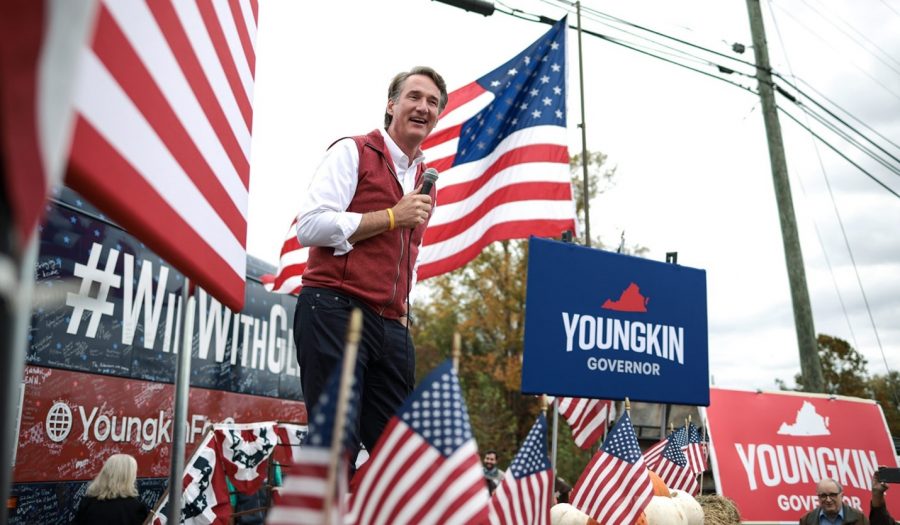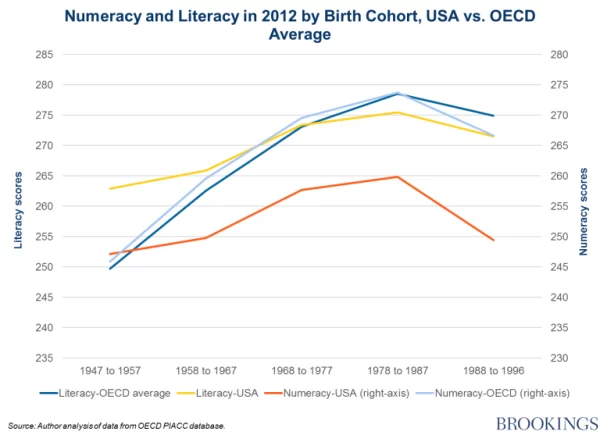Election Night 2021: Low Turnout Leads to Democratic Sweep in Cincinnati While Republicans Declare Victory Across the Country
November 19, 2021
The 2021 election cycle has come and gone and with it some major indicators for not only the future of Cincinnati politics but national politics as well. Locally, we watched as 76% of Cincinnatians decided to sit out the (arguably) most important local election in 97 years. Nationally, we saw an unexpected ‘red wave’ that led to the defeat of former Virginia Governor Terry McAuliffe and the razor-thin margin between New Jersey Governor Phil Murphy and state assemblymember Jack Ciattarelli. Here is a run-down of what happened and what these results could indicate for the future.
Aftab Pureval Defeats David Mann, 8 of 9 Endorsed Democrats Elected to Cincinnati City Council in Lowest Turnout Election on Record Since 1975
This year’s mayor and council races did not attract as much attention as they normally do, however, many in the city’s political orbit dismissed this as basic non-engagement from voters and predicted that voter turnout would end up in the high 20s to low 30s. Coming off of a year with the indictment of four and arrest of three of the nine councilmembers and a term-limited mayor, it wouldn’t be unreasonable to expect that voters might be energized by the corruption in government to turn out to vote for candidates who simply want to work in the best interests of the people. This was not the case. A meager 24% turnout is all that Cincinnati had to show as accountability in the aftermath these corruption scandals.
97 years ago, in 1924, Cincinnatians busted the similarly corrupt political machine of George Cox, nicknamed ‘Boss’ Cox in reference to his kingmaker status in local politics. At the time, if one’s dues had not been paid to Boss Cox or his successor, Rudolf Hynicka, they would not have been elected. Murray Seasongood, a 48-year-old Republican lawyer, decided to do something about it. As president of the City Charter Committee, a local third party, Seasongood introduced a Cincinnati Charter amendment that overhauled city government by reducing the 32 councilmembers to nine, nomination of council members by petition, and banning the inclusion of political affiliation on the ballot, making the city elections nonpartisan. Cincinnati voters of the time turned out to pass this amendment that established the city manager form of government that served as a model to the rest of the country that we still use today. The nine councilmembers elected under this system later elected Seasongood, who also won a city council seat, as the first mayor under the new system.
On Tuesday, the 2nd, the opposite of the essence of this story occurred. Cincinnatians failed to have even one quarter of the city turn out to hold elected officials accountable, even in the wake of unprecedented modern corruption. Current Councilman and former Mayor and Congressman David Mann was defeated handily by Hamilton County Clerk of Courts Aftab Pureval 65% to 34%. Although both were Democrats, Mann was the more conservative candidate, aligning with Republicans and centrists of both parties on more issues than Pureval. His sound defeat in such a low turnout election raises the question of whether there is still room for a victory of a moderate or non-Democrat-endorsed candidate in Cincinnati. This is also evident within the City Council results where an unprecedented 8 of 9 endorsed Democratic candidates declared victory. Only one endorsed Republican and Charterite, Liz Keating, beat the final endorsed Democrat. Big names in Cincinnati, notably former councilmembers Jim Tarbell and Kevin Flynn, were also defeated. Similar to Mann, Flynn and Tarbell are moderate establishment figures in the city who aren’t aligned with Democrats on every issue. The causes of the low turnout and Democrat-dominated results is complicated and nuanced, but it can be mainly attributed to simple political fatigue. Coming off of the 2020 Election, many voters are simply tired of listening to, following, and apparently participating in politics. The vitriol and toxicity that many voters were turned off by carried over into this cycle and discouraged many from taking the time to go to a poll and vote. It will be interesting to observe the future impacts of this election on Cincinnati after this year’s wave of apathy lead to an era of virtual one-party rule.
Virginia’s Terry McAuliffe Defeated, New Jersey’s Phil Murphy Wins by a Hair in Sign of Growing Republican Strength
Nationally, November 2nd was a very good night for the Republican Party. Fresh off of a presidential election loss with their losing nominee continuing to deny that he lost the election, no one could say for certain how suburban and independent voters would break on election night. As we saw, both groups broke in favor of Republicans. Frustrated with a tumultuous first nine months of the Biden Administration, many of those voters were attracted to ideas like Virginia Republican gubernatorial nominee Glenn Youngkin’s ‘kitchen table’ issues. Former Virginia Governor and Democratic nominee Terry McAuliffe attempted to characterize Youngkin as a Trump-worshipping out-of-touch businessman who would not represent the best interests of the common citizens of Virginia. Even national figures such as Presidents Biden and Obama, Vice President Harris, and First Lady Jill Biden campaigning with McAuliffe was not enough.
Glenn Youngkin, on the other hand, walked the line in a state Biden won by 10 points only one year ago. He found a way to appeal to moderate suburbanites and independents in the aftermath of Trump, a candidate who was rejected by those voters in 2020, while also not completely alienating the MAGA wing of the Republican Party. Trump endorsed Youngkin but did not rally with him on the campaign trail despite the pleas of McAuliffe and other Democrats.
Youngkin’s win in Virginia was not the only important result from that state on election night. Republicans Winsome Sears, a black woman, and Jason Miyares, a Latino man, also beat their opponents; Sears for Lieutenant Governor and Miyares for Attorney General. Republicans learned that high turnout with a diverse set of candidates is a good strategy for appealing to broad swaths of voters rather than the narrower Trump base. Expect to see many other Republicans in 2022 attempt to follow the Youngkin playbook to pick up governorships, seats in Congress, and down-ballot offices.
New Jersey was the other state to hold a governor election. Prior to election night, many expected Republican state assemblymember Jack Ciattarelli to lose handily to incumbent Democratic Governor Phil Murphy. Despite the fact that a New Jersey governor had not been reelected since 1977, polls indicated large leads for Murphy. Few expected this race to be close. To the horror of Democrats, Ciattarelli ended up leading most of the night. Into the later hours and early hours of the morning, the race became closer, and the lead went back and forth between the two. In the end, Murphy pulled ahead due to mail-in-ballots, however the slim margin of this election has rightfully alarmed Democrats. Similar to Virginia, attacks on Ciattarelli as an out-of-touch Trump acolyte fell flat. Democrats will most certainly spend the next months analyzing these two governor and other down-ballot elections and assess areas where they fell short in order to protect fragile majorities in the House and Senate next year.
Republicans statewide were also able to ride the wave of discontent with Biden across the state, capturing many state assembly seats and producing the biggest upset of the night. Republican truck driver Ed Durr, who spent exactly $153 in the primary election and $8,000 in the general election, beat the second most powerful lawmaker in New Jersey, State Senate President Steve Sweeny, who raised $908,794 and spent $490,576. Before election night, this race was nowhere near anyone’s radar as a potentially competitive race. Sweeny’s loss is a flashing red light to Democrats on where they are hemorrhaging support: the suburbs. In New Jersey, Democrats emerged bruised but ultimately victorious, however, the razor-thin margin of the governor’s race and the defeat of Sweeny have major implications as to whether a ‘red wave’ will come crashing down on the country this time next year.
Sources
https://books.google.com/books?id=cesCAAAAMBAJ&pg=PA73#v=onepage&q&f=false
https://www.citybeat.com/home/article/13009316/whats-next-for-the-charter-committee













